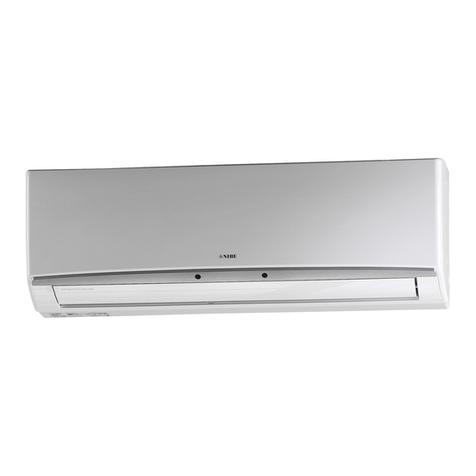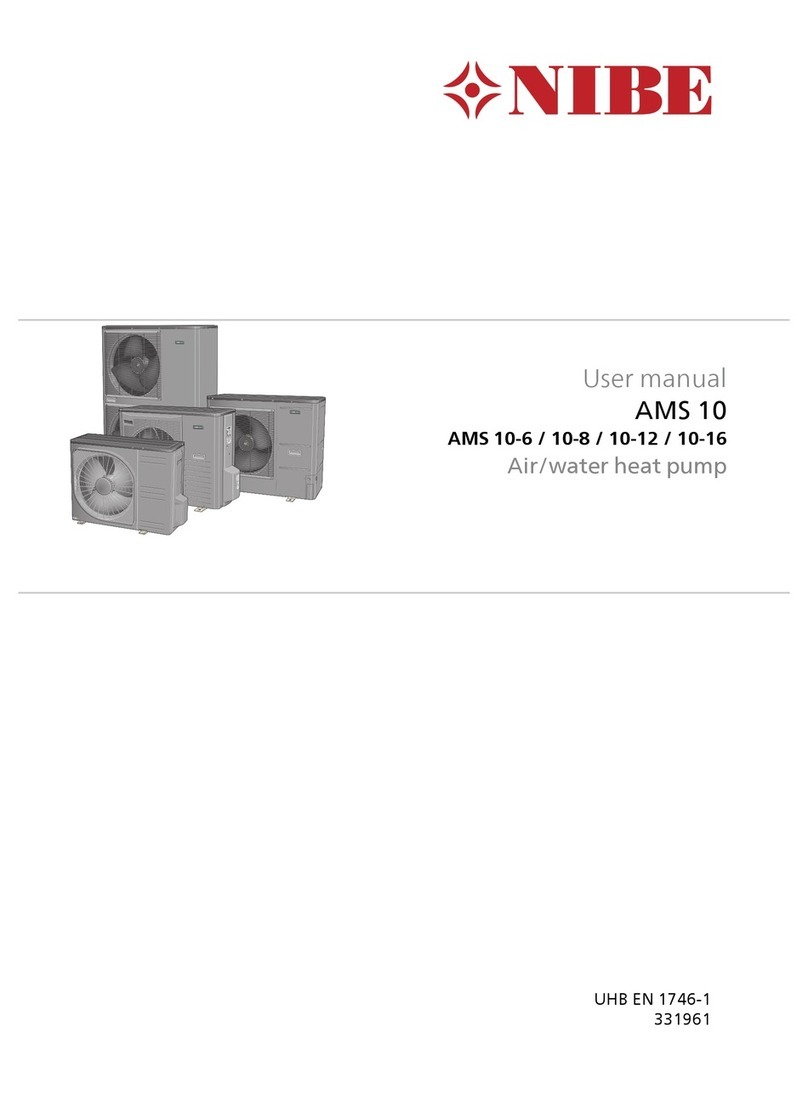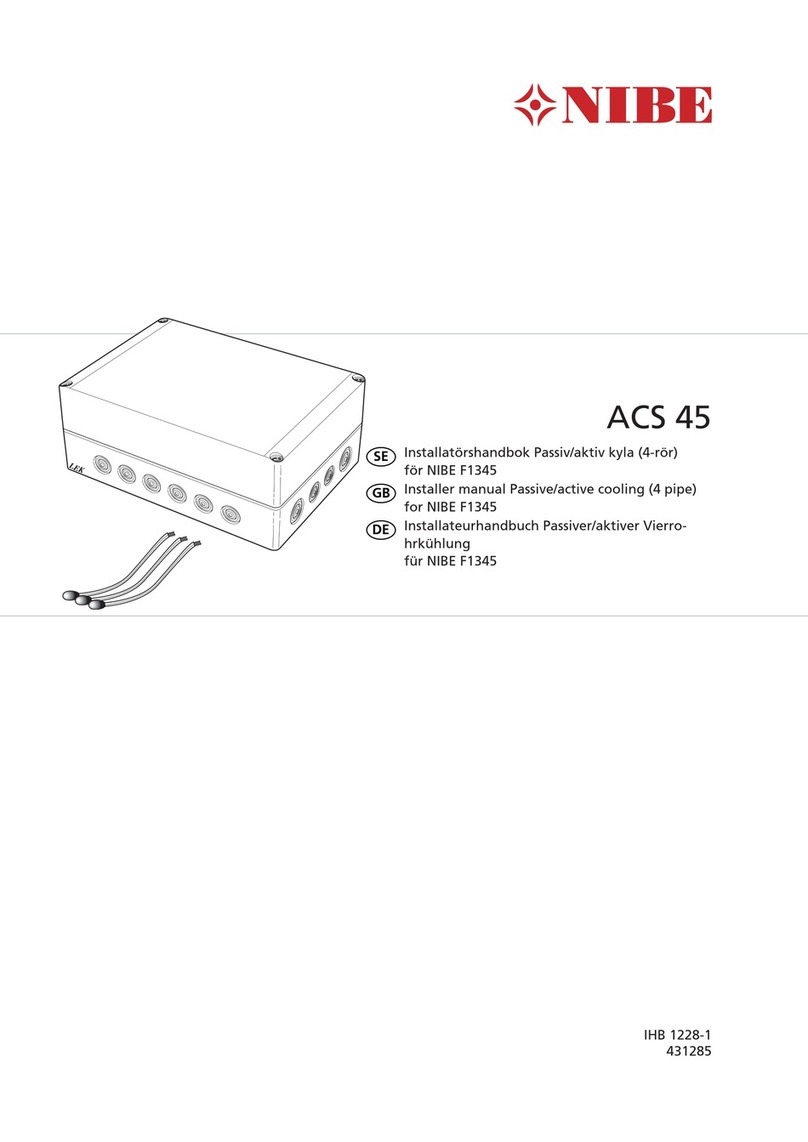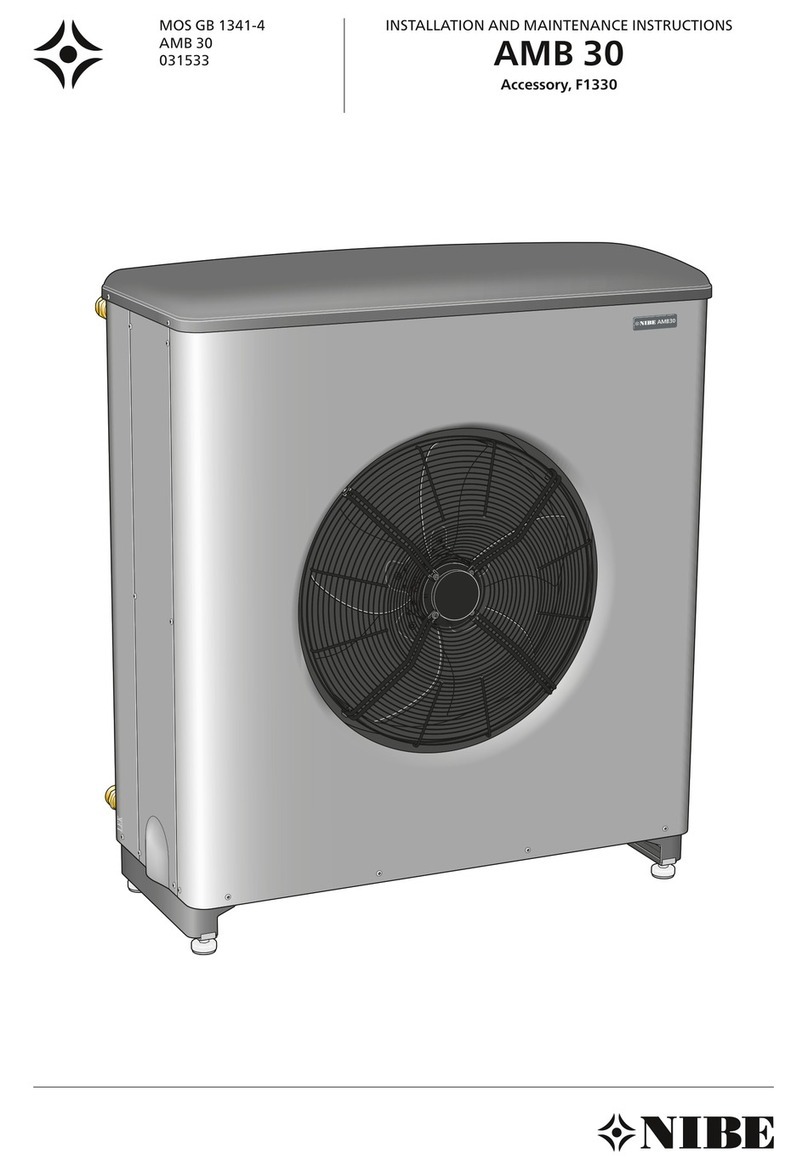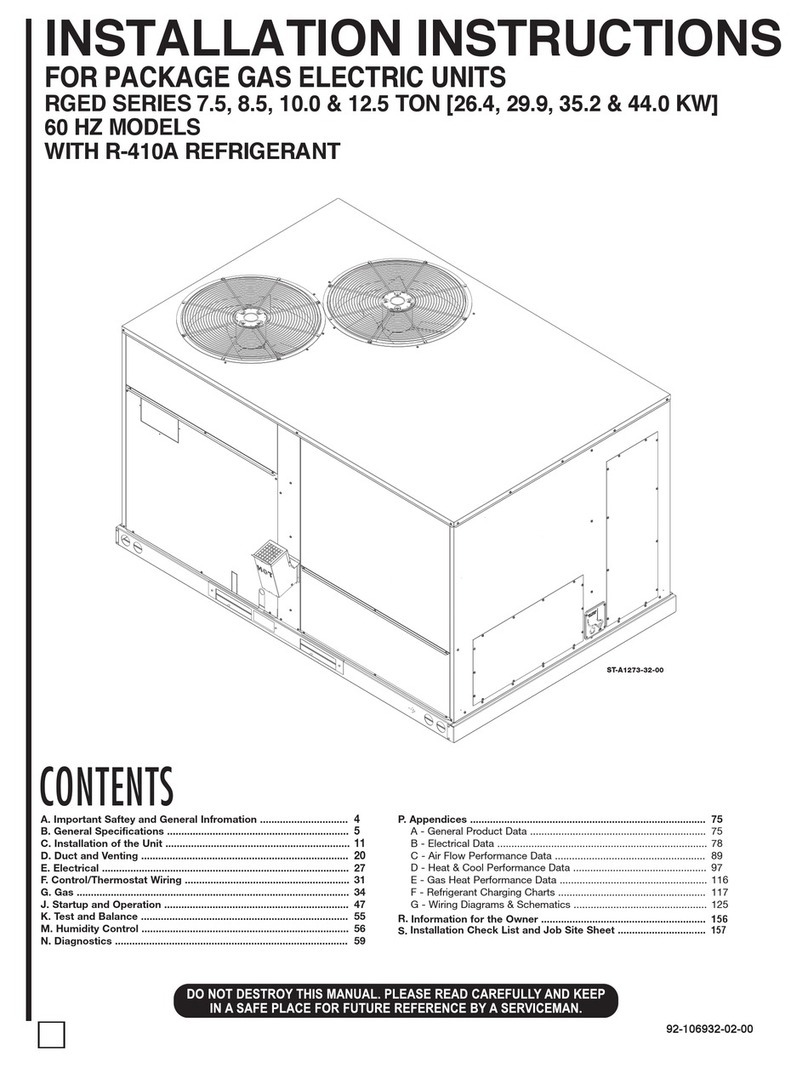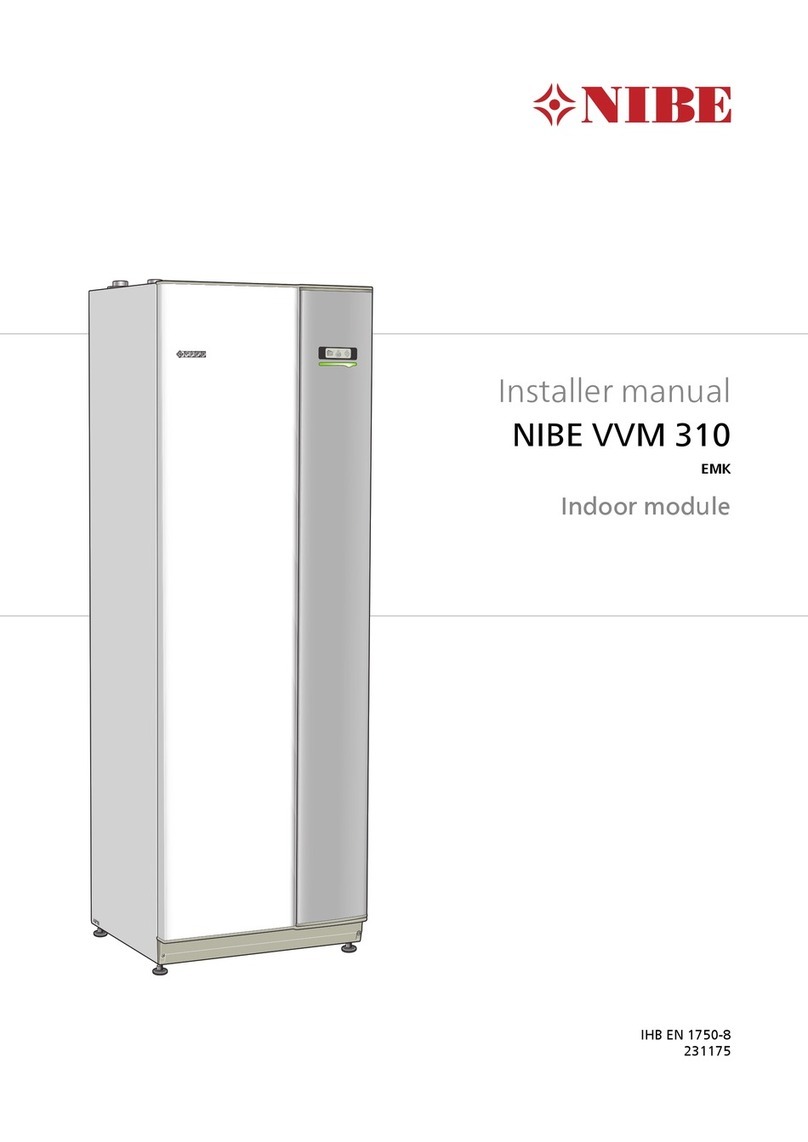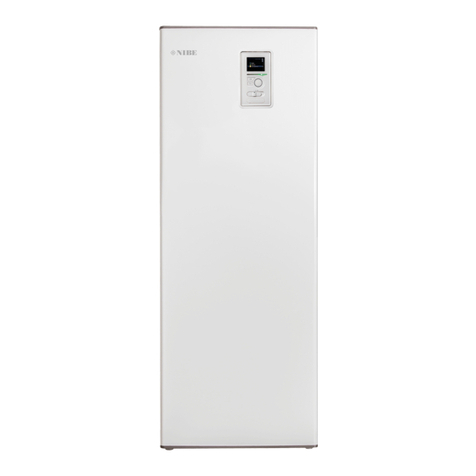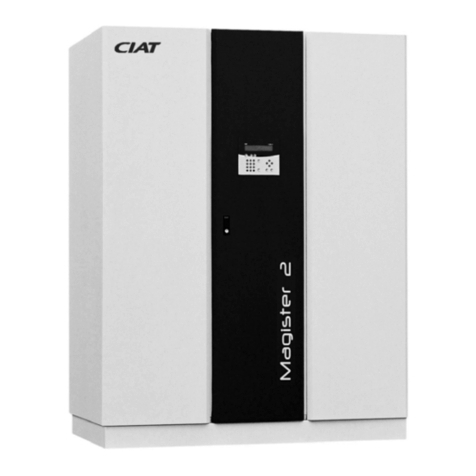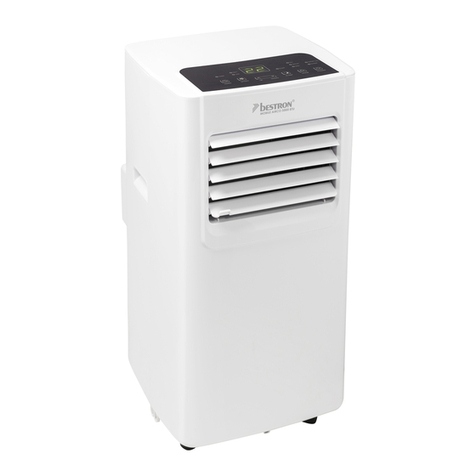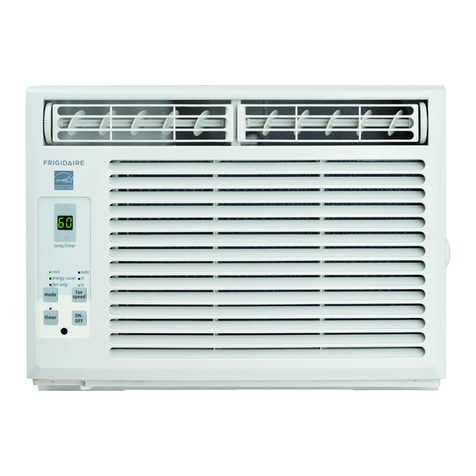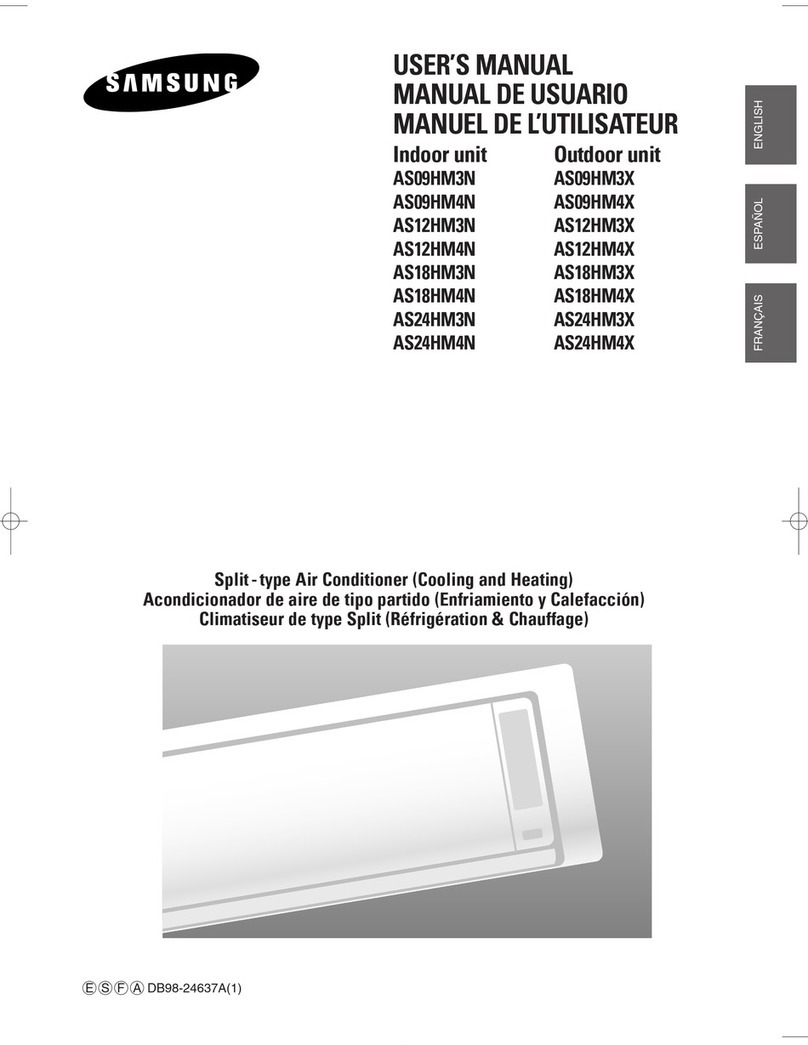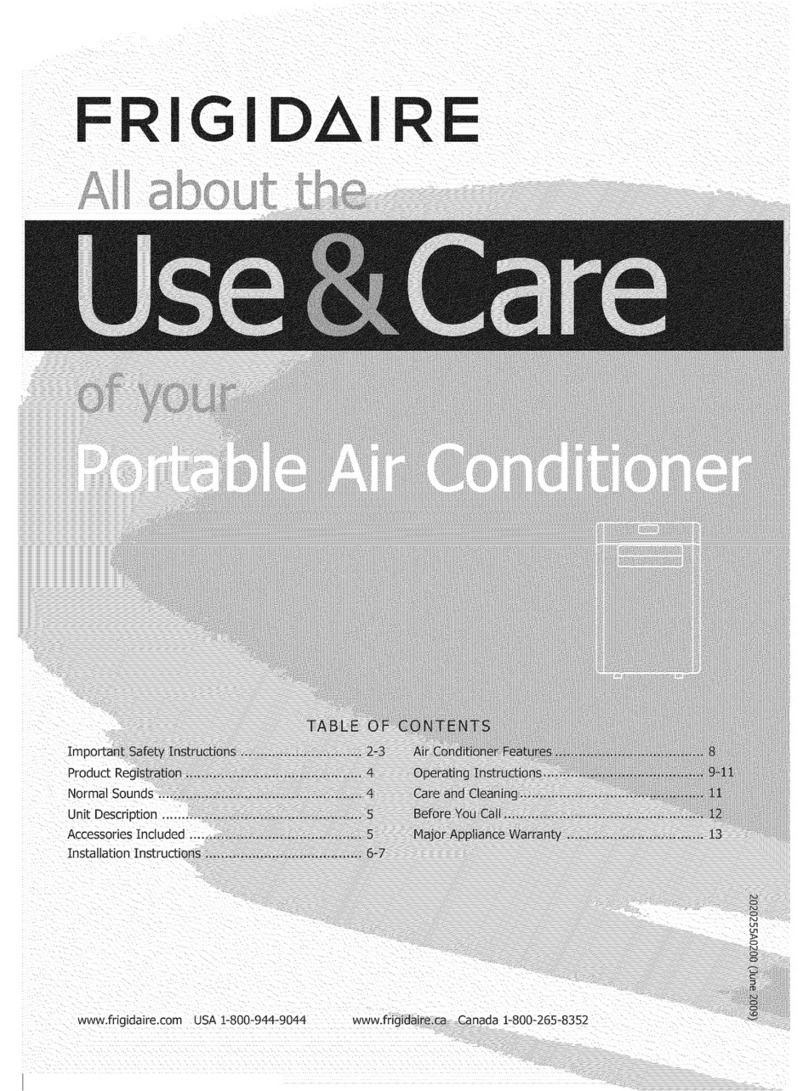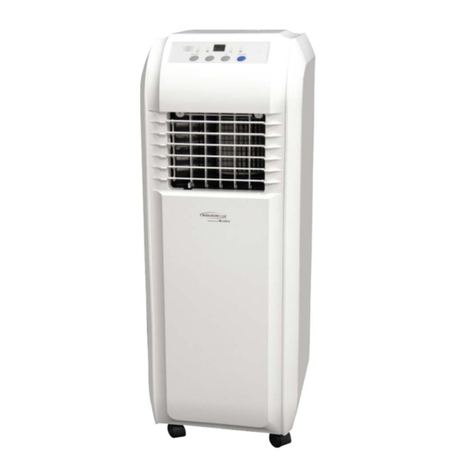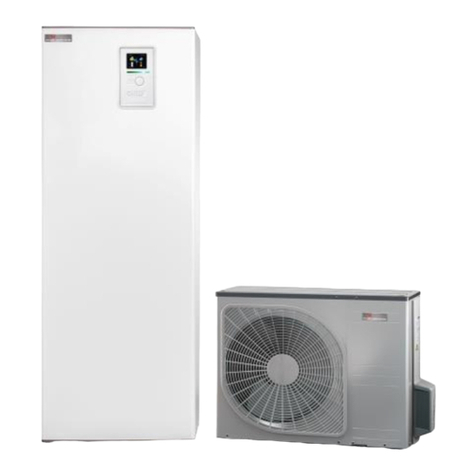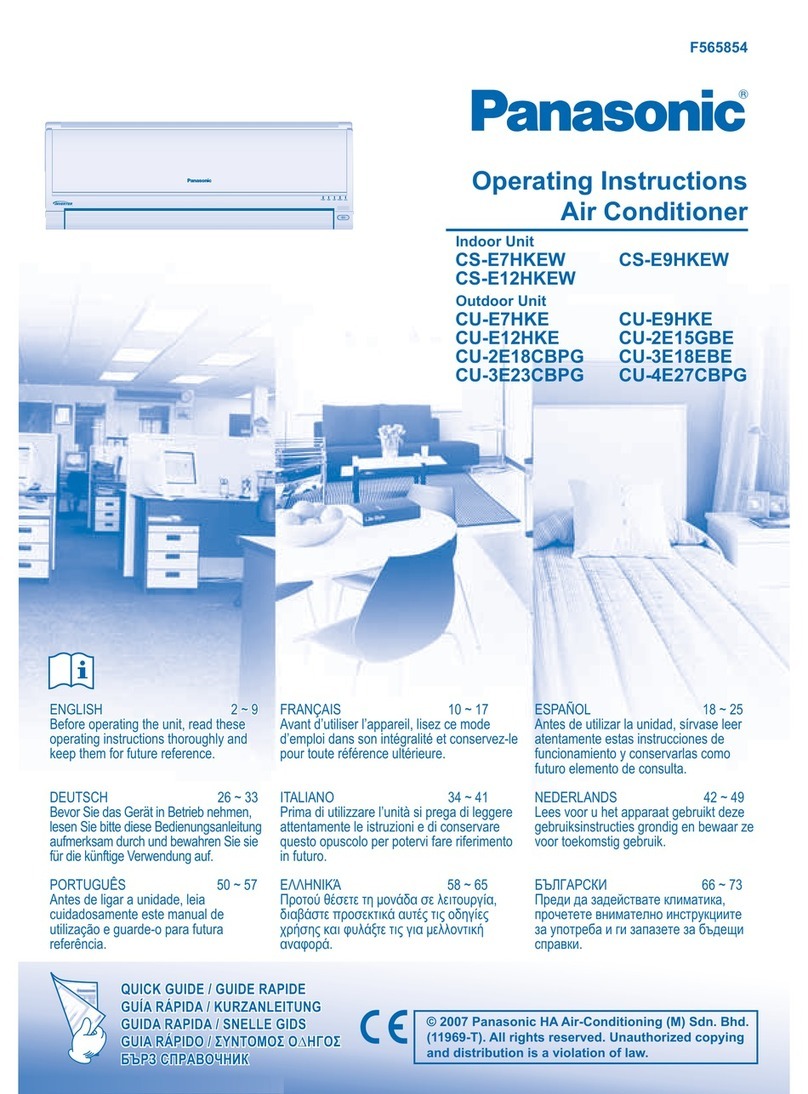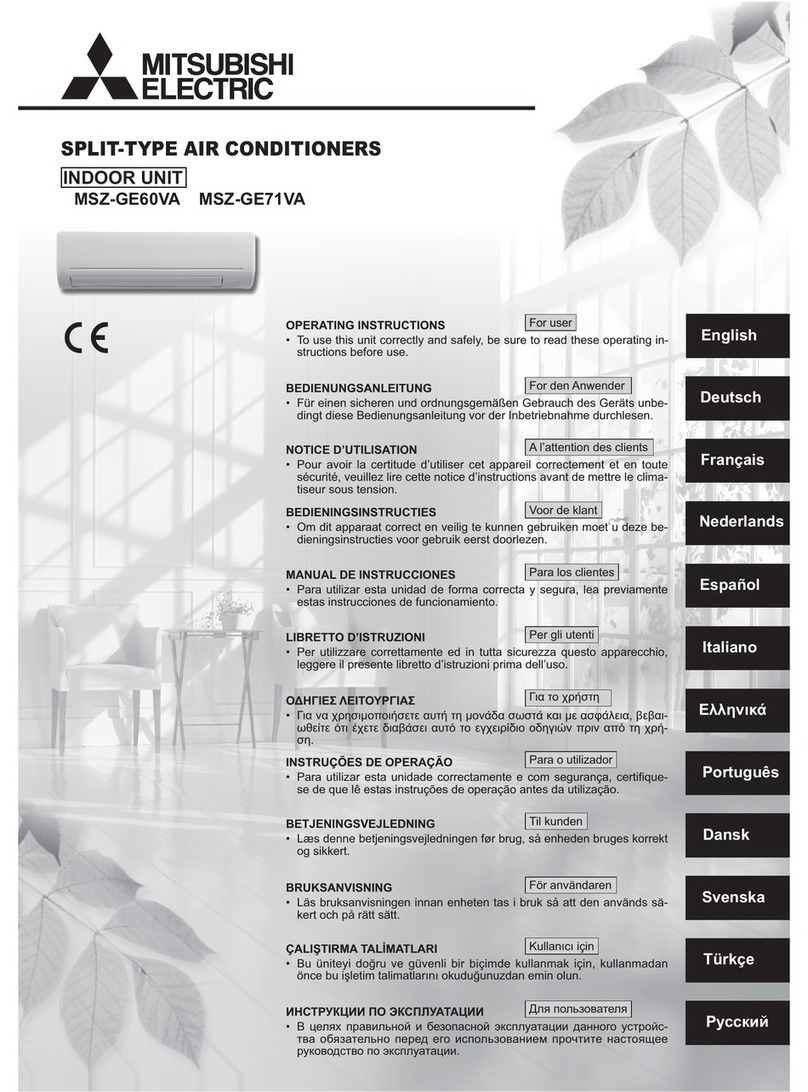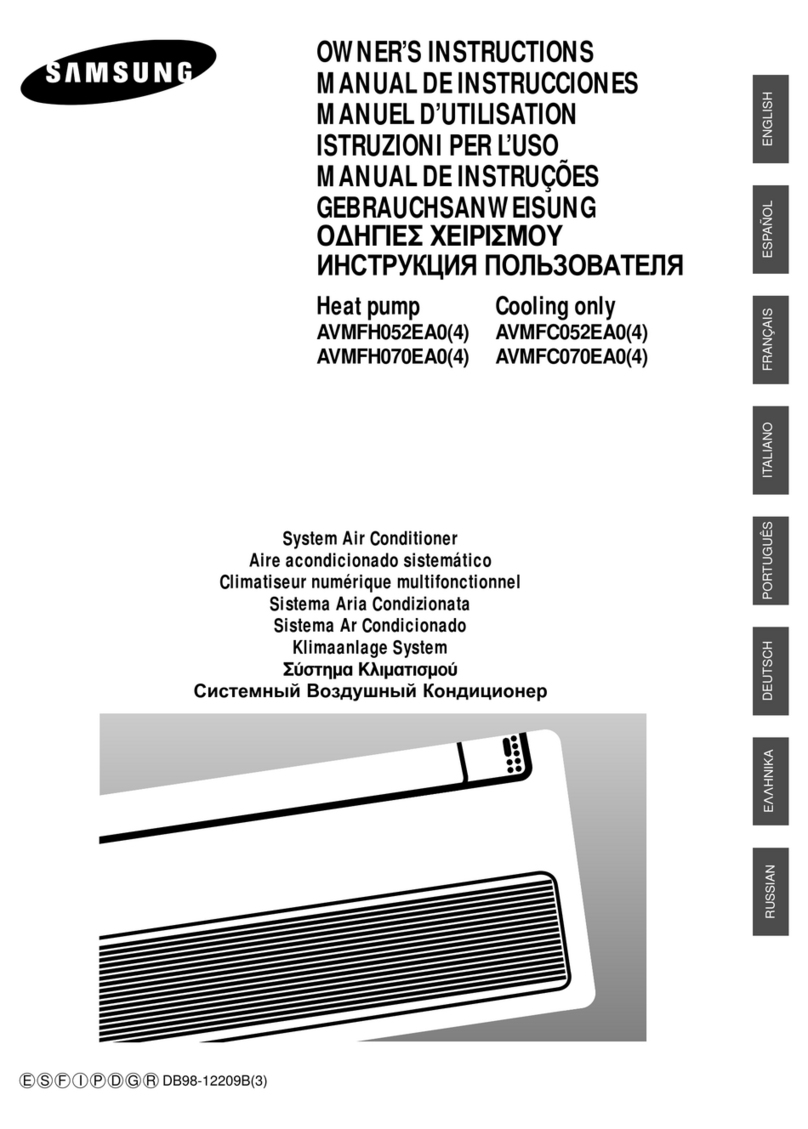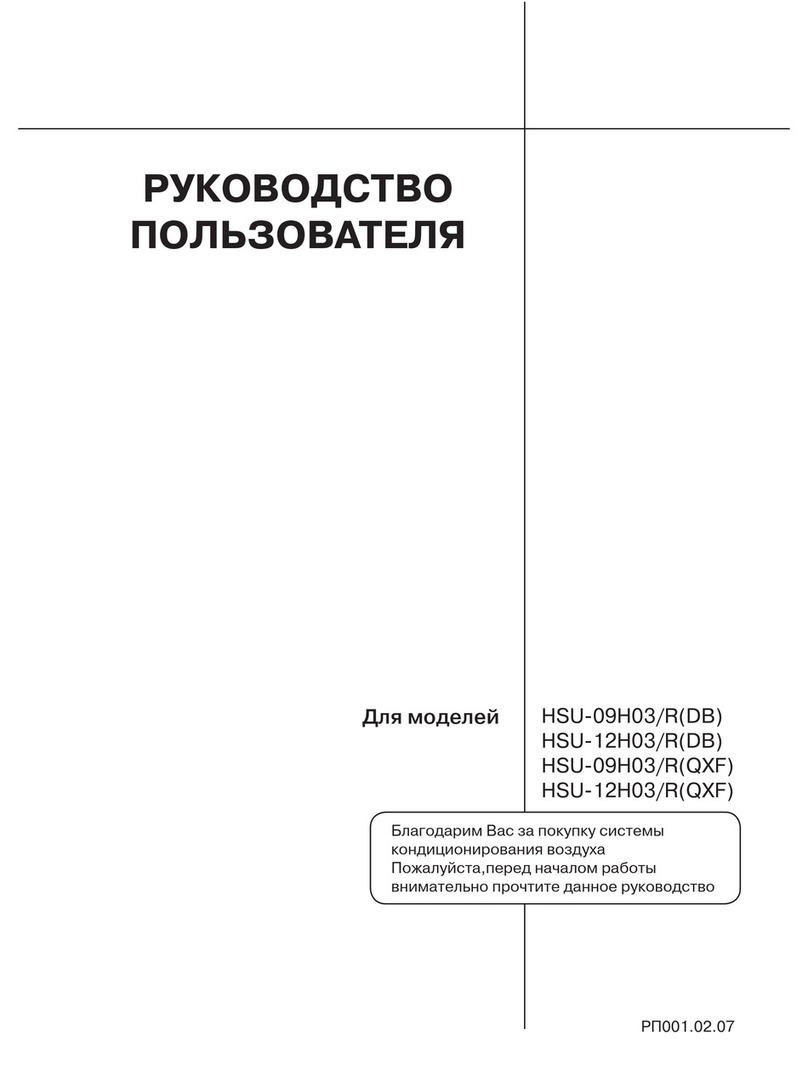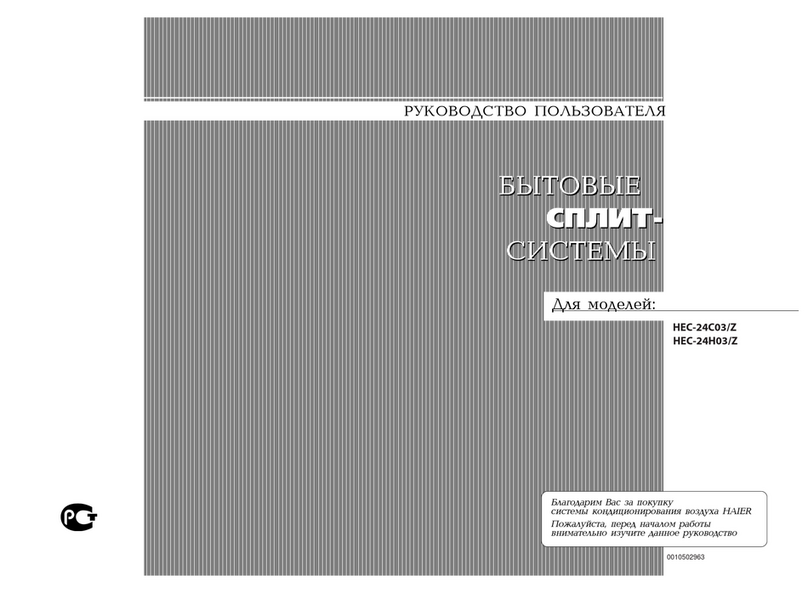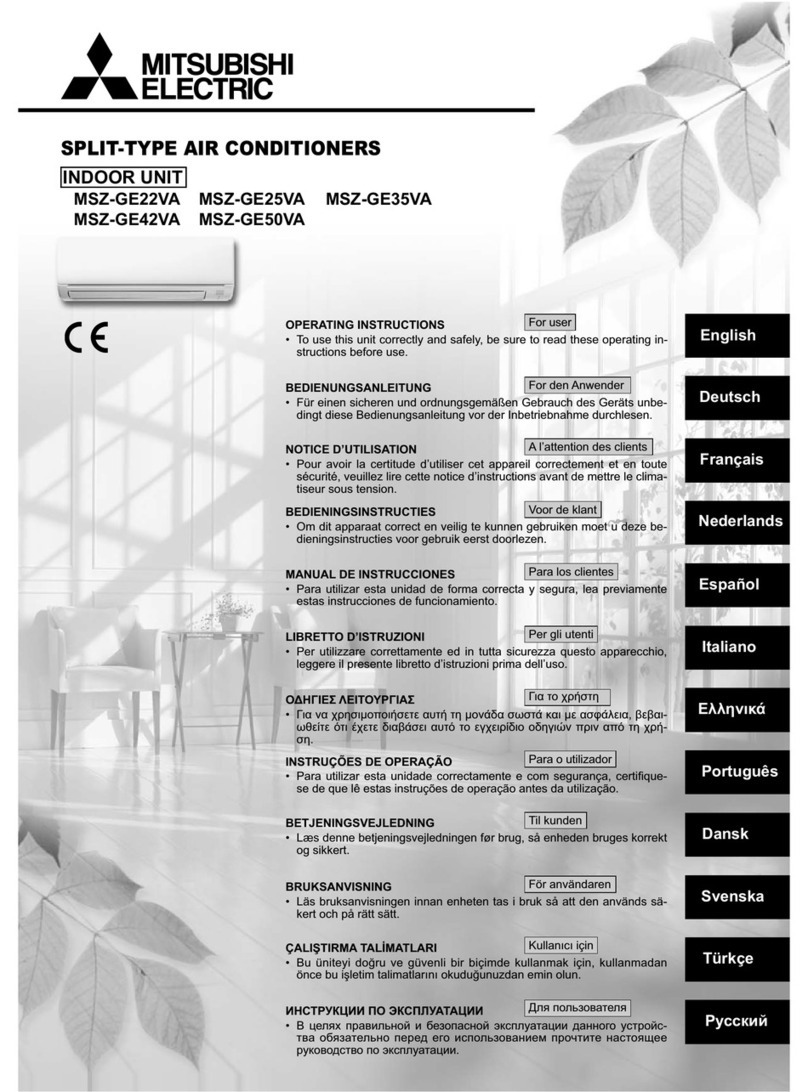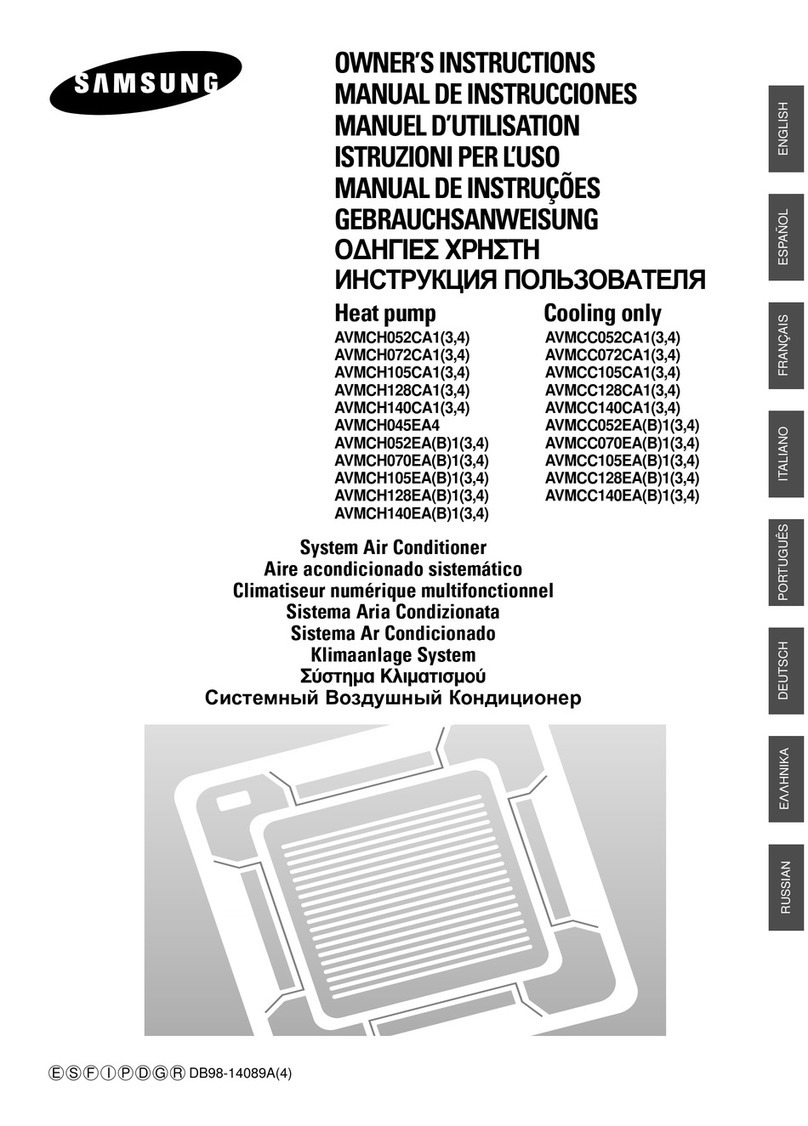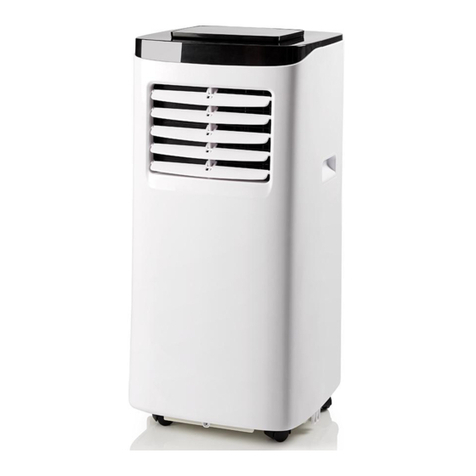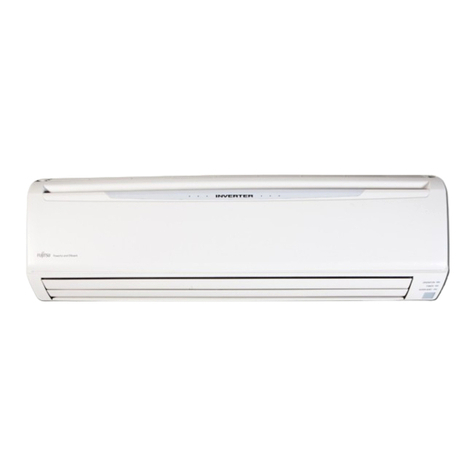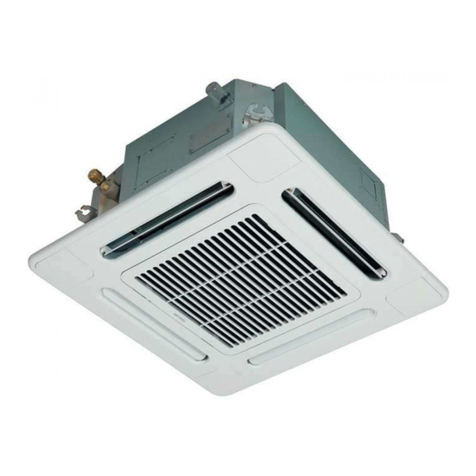Comfort setting heating
General
The indoor temperature depends on several factors.
■Sunlight and heat emissions from people and household
machines are normally sufficient to keep the house warm
during the warmer parts of the year.
■When it gets colder outside, the climate system must be
started. The colder it is outside, the warmer radiators
and under floor heating systems must be.
Controlling heat production
Normally, the heat pump heats the water (heating medi-
um) to the temperature required at a certain outdoor
temperature. This occurs automatically on the basis of the
collected temperature values from the outdoor temperat-
ure sensor and sensors on the lines to the climate system
(flow line sensors). Extra accessories such as room temper-
ature sensors, can influence the temperature.
However, the correct default settings must be made on
the heat pump first, see the section “Default settings”.
The temperature information that the outdoor sensor
(mounted on an exterior wall of the house) sends to the
heat pump’s control computer senses variations in the
outdoor temperature early on. It does not have to be cold
inside the house before the control system is activated, as
soon as the average outdoor temperature drops outside,
the temperature of the water to the climate system (supply
temp.) inside the house is increased automatically.
The heat pump's supply temperature (menu 2.0) will hover
around the theoretical required value, which is in brackets
on the display.
Temperature of the climate system
The temperature of the climate system in relation to the
outdoor temperature can be modified by using the "Offset
heating curve” knob on the heat pump’s front panel.
Operating status
The “Operating mode” button is used to set the re-
quired operating mode with regard to permit-
ting/blocking the circulation pump and additional
energy.
The change does not need to be confirmed with the
enter button.
The current operating mode is shown on the front panel
display when the button is pressed and the mode changes
when you continue to press the button.
The display returns to the normal display mode once the
enter button is pressed.
The addition is only used for anti-freeze mode, if it is deac-
tivated in the menu system. This applies to all operating
modes.
The different operating modes are:
1. ”Auto”
■ACVM 270 automatically selects the operating mode
by taking the outdoor temperature into account.
This means that the operating mode switches
between "Heating" and "Hot water". Current oper-
ating mode is shown within brackets.
■The circulation pump is permitted to operate when
there is a need.
2. ”AutoK”*
■ACVM 270 selects operating mode automatic
(cooling can also be selected now) with regard to
the outdoor temperature. This means that the oper-
ating mode switches between "Heating", "Cooling"
and "Hot water".
■The circulation pump is permitted to operate when
there is a need.
3. "Heat" / "Heat addition"
■Only heating and cooling produced.
■The circulation pump is in operation the entire time.
■If "Heat addition" is shown the addition is permitted
to operate if necessary.
4. "Cooling"* / "Super cooling"
■If addition is permitted, "Super cooling" is displayed.
The compressor then only runs in cooling mode.
Otherwise, the mode switches to cooling or produ-
cing hot water.
■The circulation pump is in operation the entire time.
■Hot water is only produced by the immersion heater.
5. "Hot water"
■Only hot water is produced.
■Only the compressor is operational.
6. ”Add. heat only”
■Compressor blocked. The function is activated by
pressing in the ”operating mode button” for 7
seconds.
7. Deactivate the function by pressing the "Operating
mode" button for 7 seconds once again.
* To use the cooling functions, the system must be con-
structed to withstand low temperatures and "Cooling"
must be activated in menu 9.3.3.
Changing the room temperature manually
If you want to temporarily or permanently increase or
lower the indoor temperature turn the ”Offset heating
curve” knob clockwise or anticlockwise. One line approx-
imately represents a 1 degree change in room temperat-
ure.
NOTE
An increase in the room temperature may be inhib-
ited by the radiator or underfloor heating thermo-
stats, if so these must be turned up.
NIBE™ SPLIT ACVM 27010
For Home Owners
Comfort setting heating

